Analyst Probes Speed Claims of Starlink’s Broadband Satellites
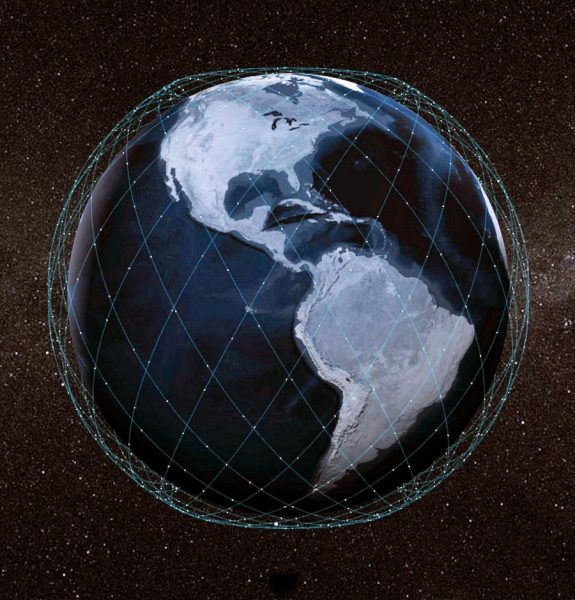
Financial analyst firm Cowen has attempted to predict the capability of SpaceX’s new mega constellation of small Low Earth Orbit (LEO) Starlink satellites, which they claim should eventually be able to serve 485,000 simultaneous data streams in the USA with 100Mbps speeds or 1.5 million streams with over-subscription.
SpaceX will soon – after the next launch – have 773 LEOs in orbit (each weigh 260kg) and they recently began a closed beta trial in North America, with an open beta expected in November 2020 (limited commercial services to follow). As it stands the satellite operator has an initial ambition to deploy 4,425 LEOs by 2024, which could potentially be followed by up to 12,000 at a later date (possibly late 2026).
Earlier this month the operator claimed (here) that beta testers were seeing download speeds “greater than 100Mbps” (Megabits per second) and latency times of 18-19ms (milliseconds), although they added that “round trip to internet” latency times of faster than 40-50ms may be closer to the real-world experience.
Admittedly this might not be quite akin to the “gigabit” or “fibre-like” levels of performance that have been stated in the past, but it’s still good progress. Such speeds will also still be very attractive to those stuck in rural or poorly connected areas, which is a key market for Starlink.
New Starlink Research
However, analysts at Cowen point out that Starlink’s submission to the FCC noted that “each satellite in the SpaceX system provides aggregate downlink capacity to users ranging from 17 to 23Gbit/s” (1Gbps = 1000Mbps+). Assuming the unrealistic position of 100% efficiency, and a top capability of 20Gbps per satellite, Cowen said that each LEO could thus handle 200 simultaneous streams (users) at 100Mbps.
In other words, when looking at the situation across just the USA, and only if all 12,000 LEOs were deployed, the firm predicts that Starlink could serve 485,000 simultaneous data streams at 100Mbps. The caveat here is that residential connections share their capacity in order to keep costs down and most of us aren’t saturating the max speed of our connection 100% of the time, which means you can cater for more users than this.
Cowen Statement (Lightreading):
“Equating this number to actual customers depends on Starlink’s policy on oversubscription rate, for example assuming a 3x oversubscription rate could imply a 1.5 million total addressable market (not all customers will be online simultaneously, far from it, though we believe the post-COVID era will drive more need for internet reliability, thus more conservative oversubscription levels).”
The more you share out that capacity, the greater the number of users that you can serve, but also the greater the risk that network congestion will creep in to suppress the speeds for some of your customers. Congestion is one of the reasons why more established satellite operators often suffer big performance drops during peak times.
We should point out that Cowen’s formula is quite simplistic and doesn’t appear to factor in the impact of ground stations, caching, peering / routing, package choice (slower tiers?) and various other factors (e.g. cost). Indeed, we suspect that, privately, SpaceX won’t yet have figured out precisely how best to balance their network (the beta will help), but we wouldn’t be surprised if they adopt a far greater level of “oversubscription” than above.
However, the key point Cowen makes is that Starlink does have clear limitations and so it won’t be able to solve all of the connectivity problems that exist. “Our analysis shows that LEO satellites will continuously be a step behind wireline telco/cable operators in meeting US consumer demand for broadband,” said the firm. In fairness SpaceX’s boss, Elon Musk, has already said that “Starlink is not some huge threat to telcos.”
All of this discussion is of course somewhat academic given that the most important thing ISPreview readers will want to know is when can they get it in the UK? On that point, SpaceX doesn’t yet have an answer and they’d probably need a few ground stations first.
Mark is a professional technology writer, IT consultant and computer engineer from Dorset (England), he also founded ISPreview in 1999 and enjoys analysing the latest telecoms and broadband developments. Find me on X (Twitter), Mastodon, Facebook and Linkedin.
« Full Fibre Broadband ISP 4th Utility to Create 60 New UK Jobs
BT Makes Nokia its Largest UK 5G Mobile Equipment Supplier »
Latest UK ISP News
- FTTP (5670)
- BT (3552)
- Politics (2586)
- Openreach (2334)
- Business (2311)
- Building Digital UK (2265)
- FTTC (2056)
- Mobile Broadband (2023)
- Statistics (1818)
- 4G (1710)
- Virgin Media (1660)
- Ofcom Regulation (1488)
- Fibre Optic (1419)
- Wireless Internet (1412)
- FTTH (1382)










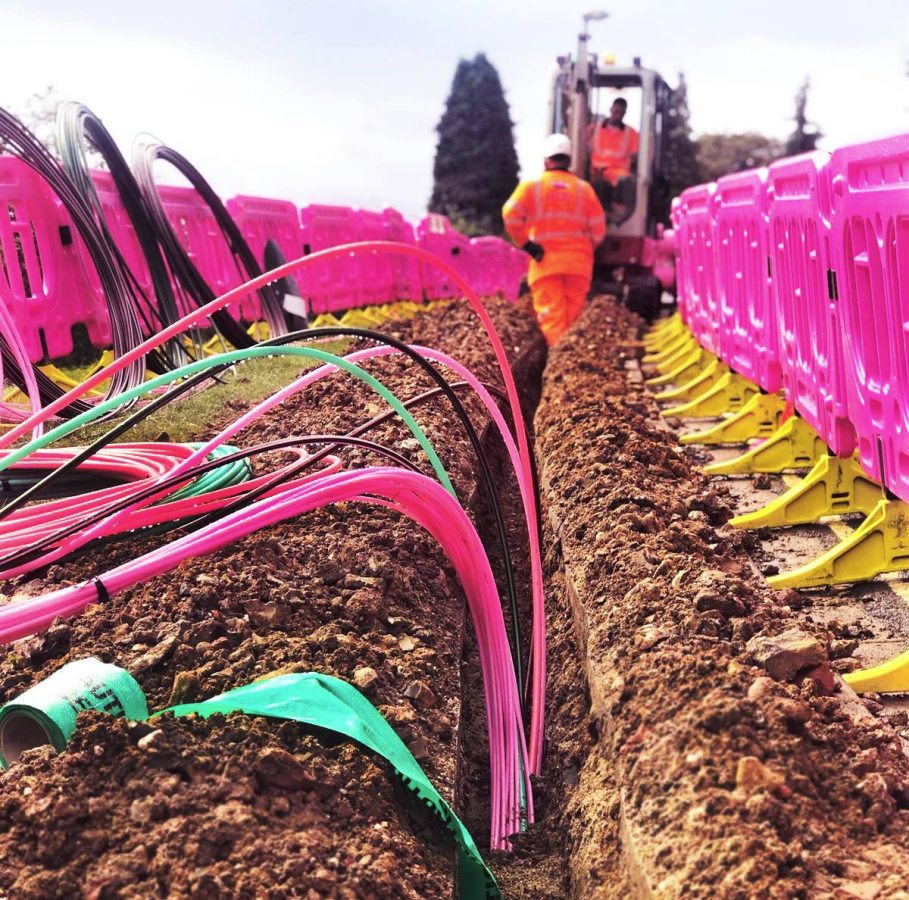


























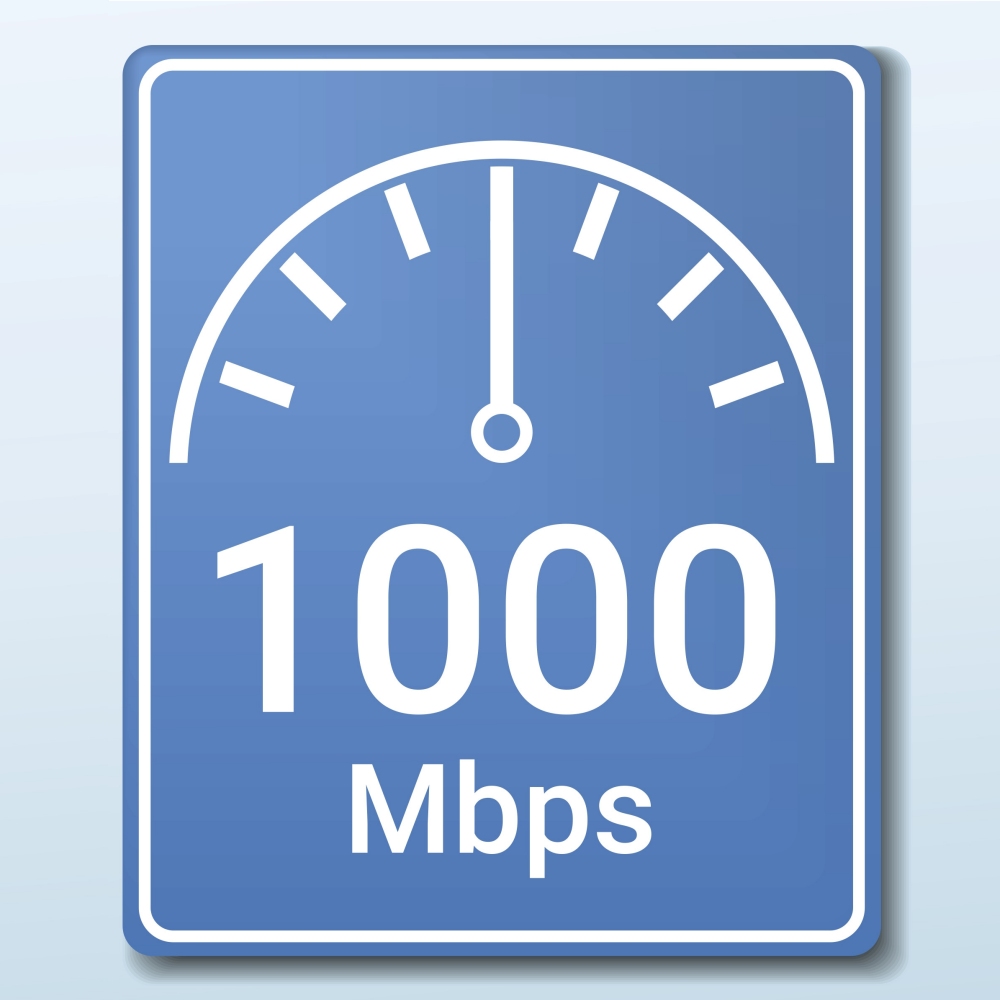
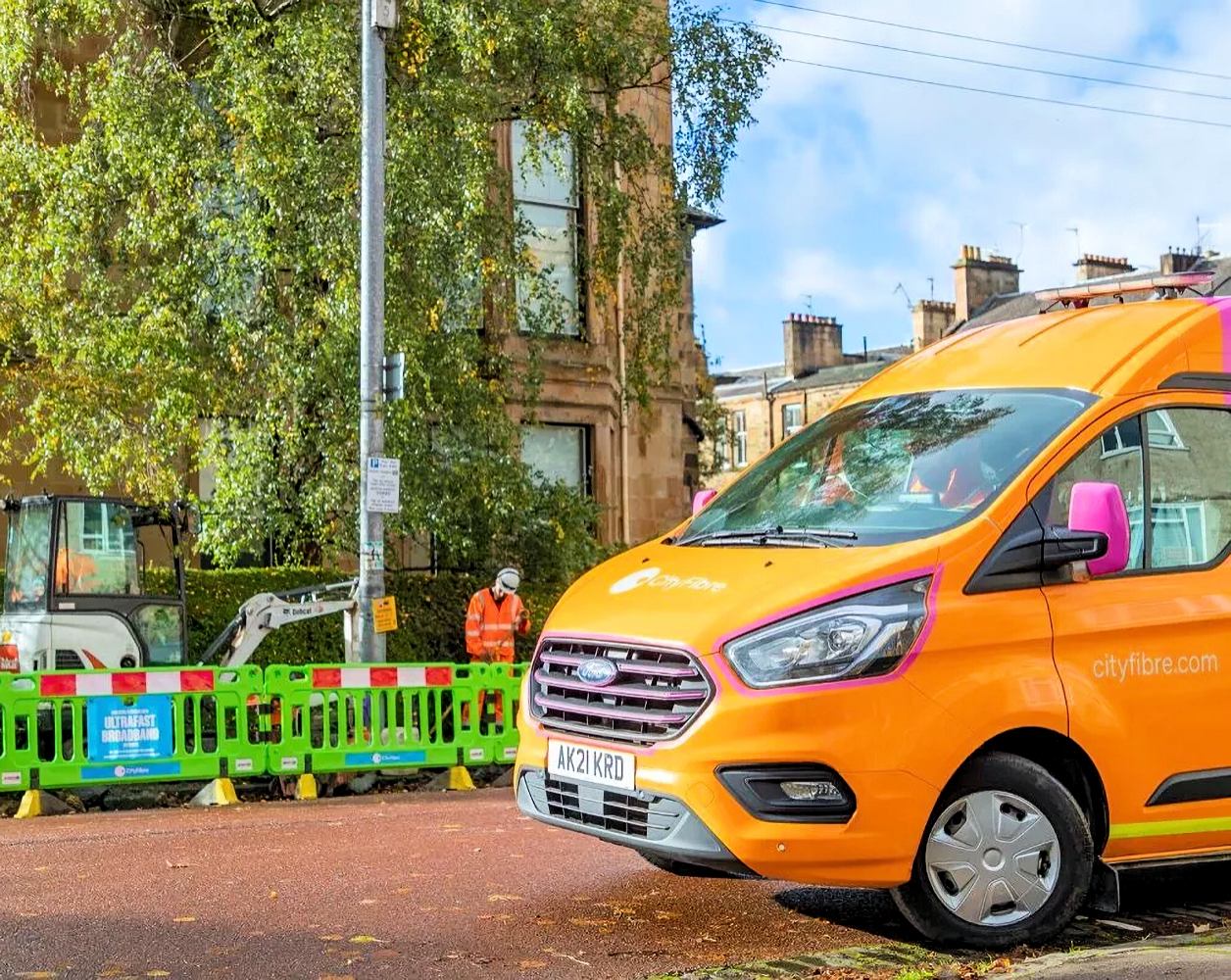





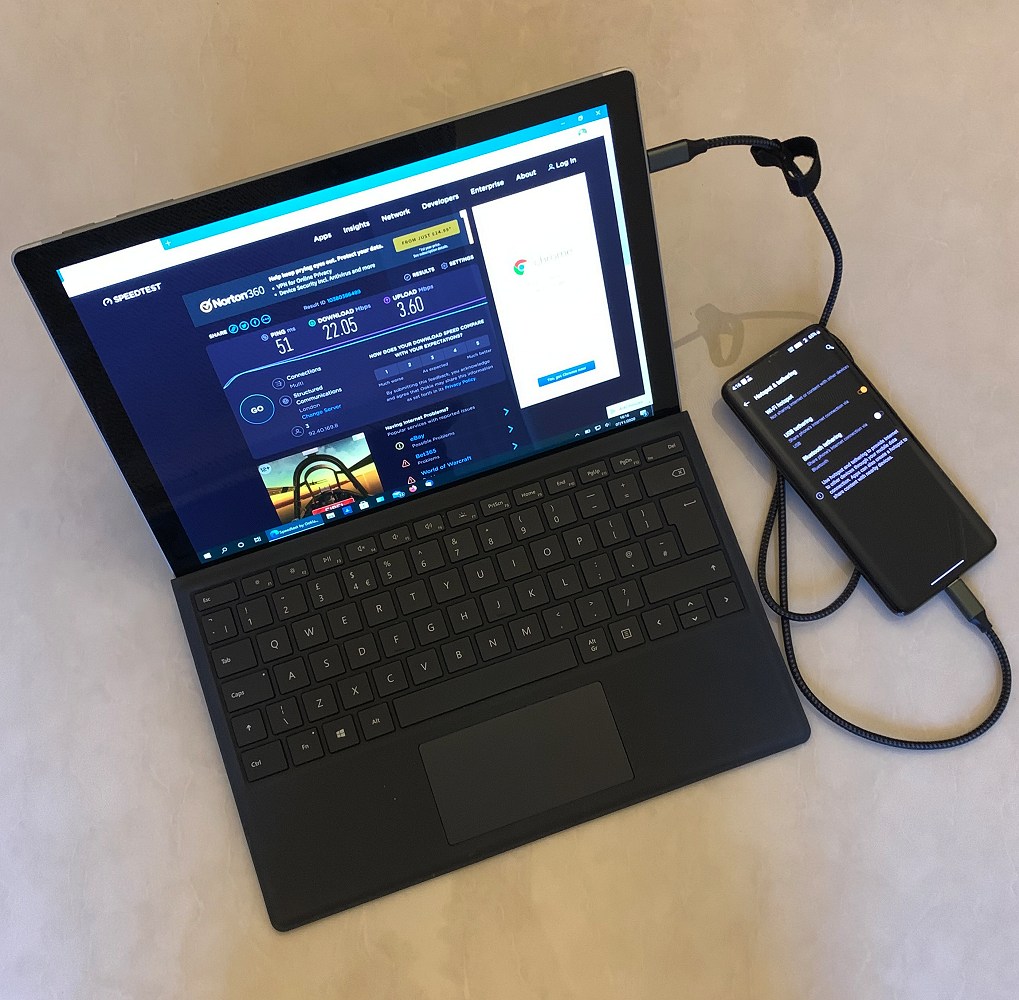

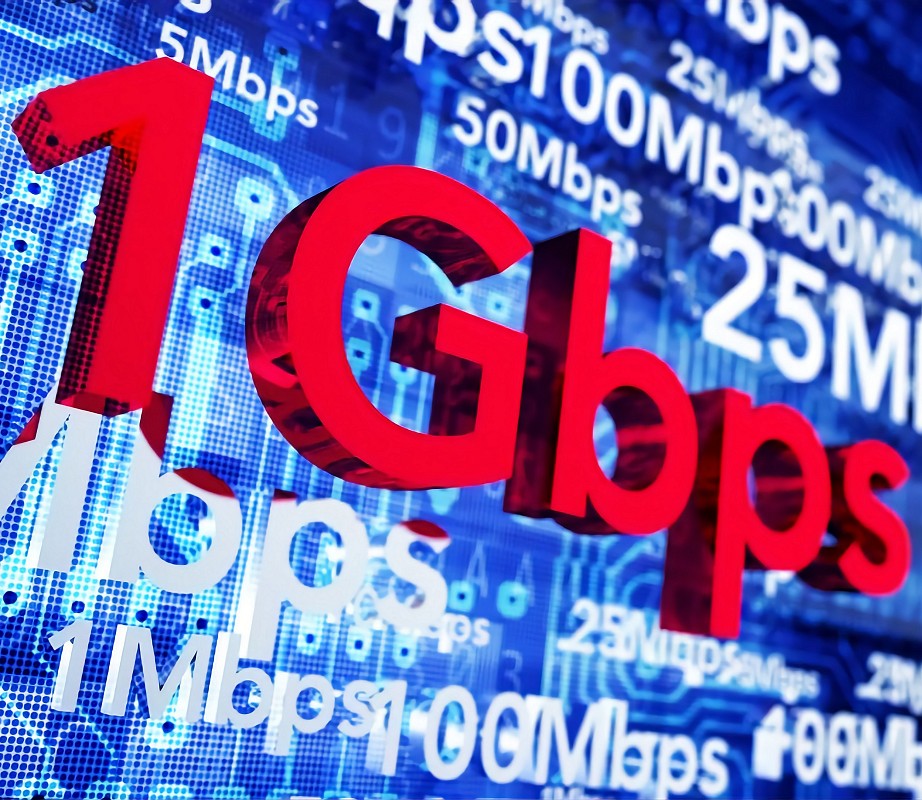
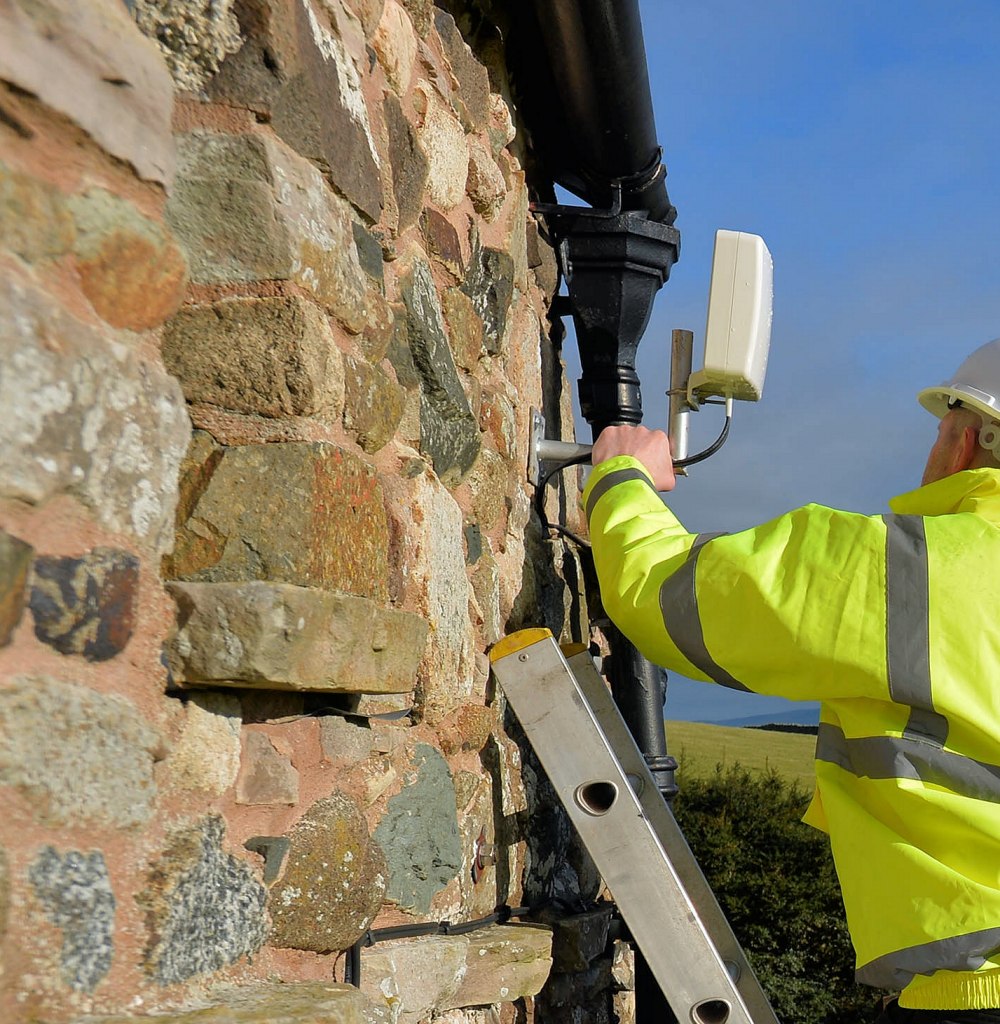








‘3 x oversubscription’ is absurdly low. At 100 Mbps peak could happily run at 20:1.
This ratio can actually go higher at higher speeds. Just need to give adequate Mbps per customer with a little burst.
On the flip side the network won’t run close to 100% efficiency as LEO satellites cannot be in the optimal place in the sky all the time.
Yeah 1:3 is very low. Could do much better than that. However when you account for all the other upstream/downstream loss, the positioning I think 500,000 subscribers is reasonable. Cost per satellite is around $250,000. $3500 million for 14,000 satellites. Pay off over 10 years. Around $700 per person per year needed just to run satellites. I don’t think this is going to be the game changer people expect.
Cost of launch is far higher than actually building the satellites.
https://www.nextbigfuture.com/2019/12/spacex-starlink-satellites-cost-well-below-500000-each-and-falcon-9-launches-less-than-30-million.html
Darren,
I read that Starlink sats only have a 5 year life or so.
Once the constellation is complete there was an estimate it would need 7 new satellites a day just to remain whole.
With each launch costing ~$30 million, and being able to hold 60 sats it does make you question how this can reasonably make money.
Though when Starship comes online they will be able to put 400 sats up at once, approx 2 months worth per launch based on the above – so 6 launches per years to maintain the constellation. If you ignore the capital investment so far and say it’ll cost double per launch of a falcon 9 launch that’s $360 million a year, plus the sats ($600 million) – so say roughly a $1 billion a year purely for maintaining the constellation before you’ve even covered off your capital investment, that’s about 1 million subscribers paying $80 a month (and i think my cost estimate for starship is very low), just to maintain the system.
@andrew Starship/Super Heavy will have a lower launch cost that Falcon 9 on account of being fully reusable. Even with the fairing capture that SpaceX now do (they alone are millions of dollars each), you are still throwing away an upper stage with each launch.
There is also the possibility that SpaceX could charge extra for those users where a space based system is the only viable option, aka those out of sight of land…
Andrew,
Tesla isn’t making any money, but it certainly isn’t putting off the investors and the speculators. If anyone thinks their share price has anything to do with cars, they’re mistaken. In American now, it doesn’t matter if you make money or not. It matters how much venture capitalists are willing to pour money into the system. Eventually it will become one of those “too big to fail” behemoths protected by the US government. Watch it happen. It really honestly doesn’t matter if Musk’s companies make money or not, most of them don’t but it doesn’t seem to stop anything
20:1 is reasonable for now at least. Figures I’ve seen before suggest that the average consumption per line at a large ISP is something like 2-3Mbps. It doubles every few years though.
*If* they get all 12,000 satellites up, *and* 2100 satellites are visible over the USA at any time, *and* they sell 100Mbps with 20:1 contention, then maybe they could support 8 million users; approximately 3% of the USA. But that would only work if those users are evenly spread geographically, and in practice many will be concentrated in clusters. Either they’ll have to sell a lot less, or the performance in urban areas will be terrible.
Demand will be managed by price; commercial mobile users (e.g. fleets) will pay more than fixed residential users would be prepared to pay. I expect there will be a good market in rich RV owners too.
@NE555 I think the plans are not to sell to those in urban areas with alternative options. You have to provide your address and from what I have heard live in the middle of New York for example and nothing for you.
These Stralink speed test results don’t seem to agree: https://testmy.net/hoststats/spacex_starlink
Sadly this is still far better than what I get with cellular and if SpaceX charges less than $100/mo for un-throttled unlimited 20-50/mbps (I would still prefer their speil about unlimited un-throttled gigabit for everyone) and an average latency below 400-600ms (yes, this is with cellular) I get with my connection now, I’m jumping ship to SpaceX.
Costing the viability of Starlink based on home broadband subscribers is a possibly not a good model to estimate the viability of the system, It’s not all about cats chasing laser pens.
Long term the starship launch capability is the key. It allows satellite renewal with relatively low over head. As a bonus the requirement to get starship launching starlink satellites, does allow for it to prove it’s flight credentials, to other commercial customers.
I think it is worth remembering that the starlink constellation will bring in far more users than just the USA, a satellite can still be working over AUS, NZ, Mexico, Canada etc. These are all markets into which Starlink can position itself as an ISP. The fixed costs will be ground-stations + backhaul in each country, plus support. Which for the English speaking country could be managed out of a couple of countries.
You have shipping as well which will pay more.
https://www.marinetraffic.com/en/ais/home/centerx:-12.0/centery:25.0/zoom:4
I think it is a very interesting project. Probably will not be plain sailing though 🙂
Broadband ISPs run contention ratios as high as 50:1, and the Starlink service will be available worldwide, I think a userbase in the multiple tens of millions, if not low hundreds of millions is very possible.
There will also be high value clients like shipping lines and airlines that will pay much more for guaranteed bandwidth, which starlink will be able to easily supply as they mostly operate in unpopulated areas.